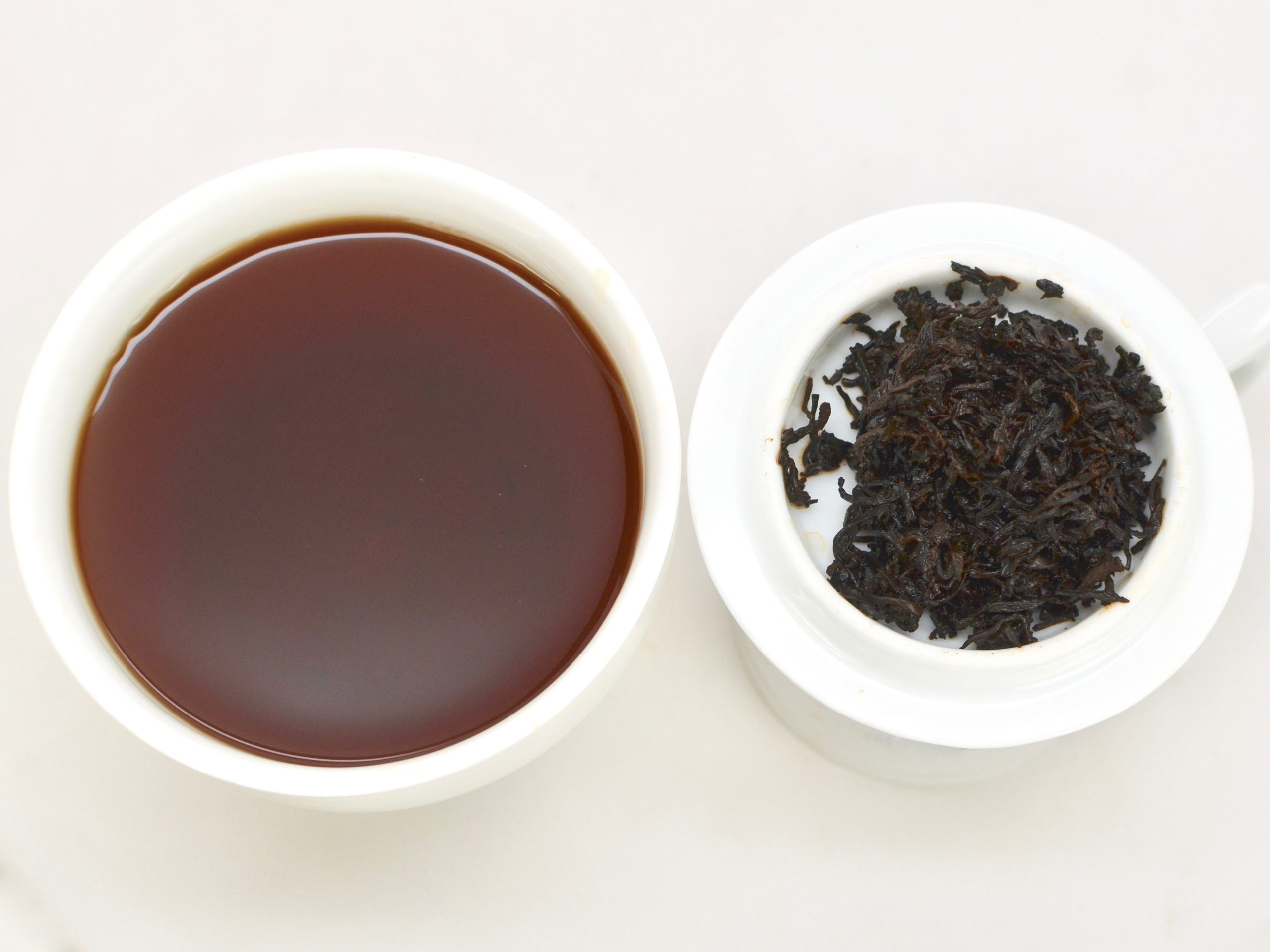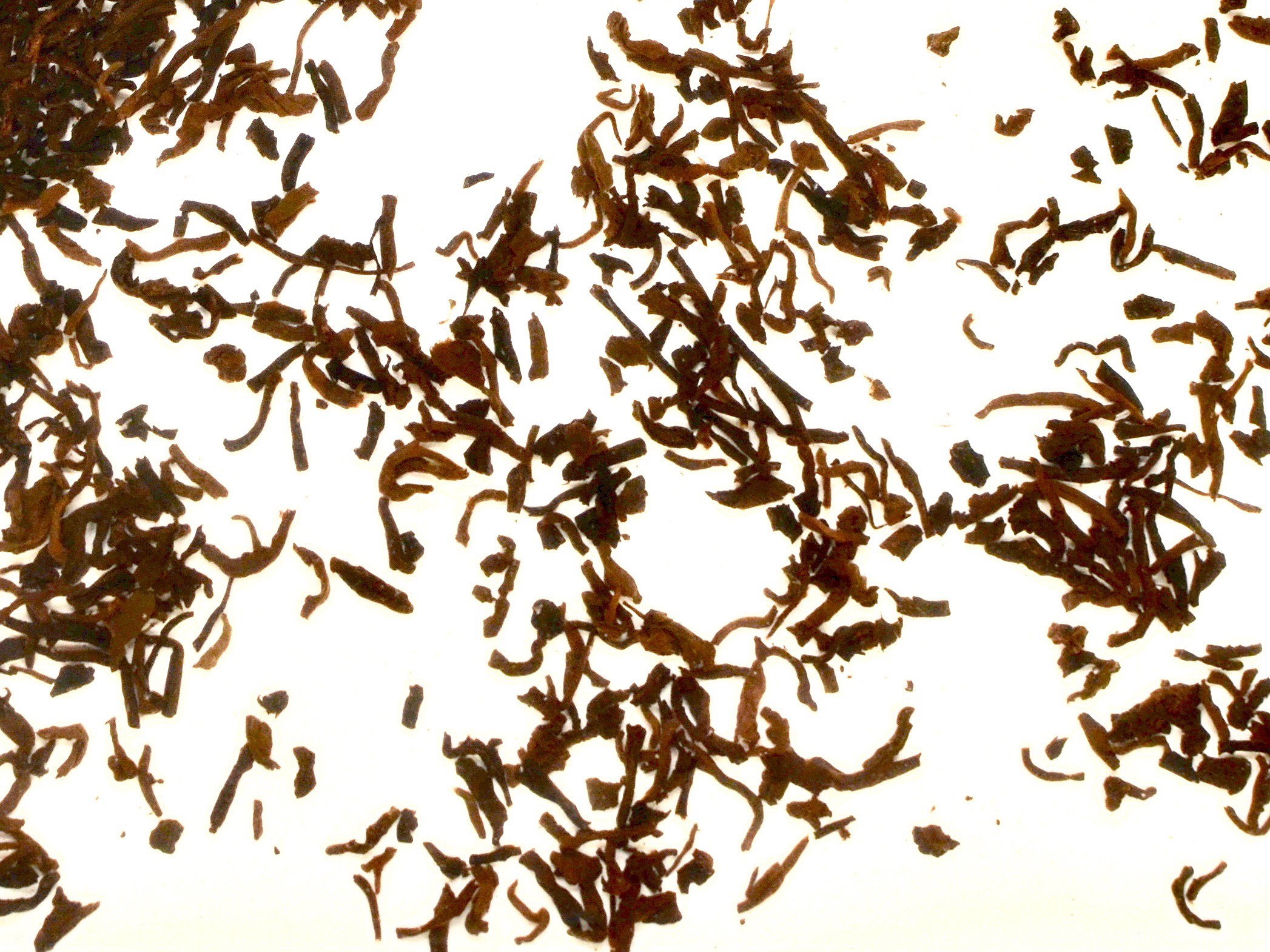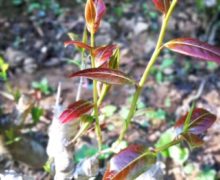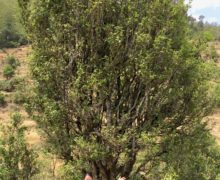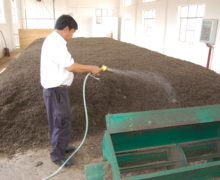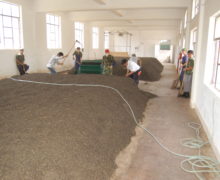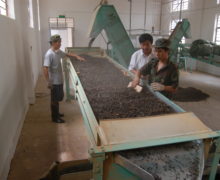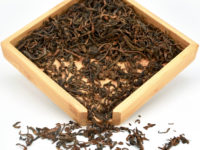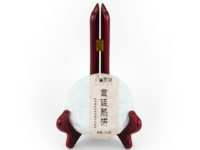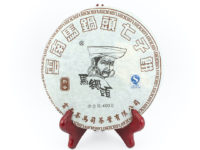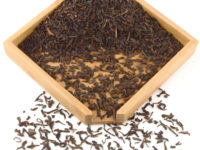Zijuan Gongting (Purple Leaf Palace Puer)
Loose Leaf Shu Puer 2018
An unusually clean and sweet shu puer without any heavy earthiness. Possesses a notable complex mineral aftertaste. Made with young purple tea buds and leaves from the unusual Zijuan dark purple variety tea plant that is rich in anthocyanins and other nutrients.
- Tea Origin
- Jinggu County, Pu'er City, Yunnan Province, China
- Tea Bush
- Zijuan Quntizhong (Purple Leaf Heirloom Yunnan Tea Tree)
- Tea Maker
- Gong Liping and Ran Yijun
- Harvest Time
- Mid-March
- Plucking Standard
- One bud, one leaf
Zijuan Gongting (Purple Leaf Palace Puer) is made from the high grade young buds and leaves of old Zijuan tea trees whose spring growth displays a striking purple-red color. These purple leaves are rich in anthocyanin flavonoids and amino acids. The very careful processing of these high quality leaves results in an unusually clean-tasting shu puer. It possesses a complex mineral aftertaste and a lingering light sweetness, with none of the earthy heaviness usually found in shu puers.
Like other shu puers, Zijuan Gongting is very smooth and sweet with no bitterness even when left steeping for a long time. Though the purple coloration does not survive the shu puer ripening process, using the high quality purple leaves results in a nutritious tea with a very complex flavor.
Purple leaf tea plants
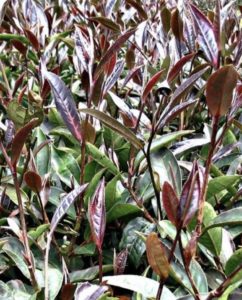
Zijuan Gongting is made with leaves from two sources in Yunnan Province: the Ninger area near Old Puer City; and Jinggu County, a region famous for producing puer tea. Purple leaf bushes are difficult to find and require many different conditions of soil and environment to grow.
A tea plant that exhibits purple-colored new growth will always produce purple leaves every year. However, only the youngest leaves will display the distinctive purple coloration. The unusual color is darkest when young, fading to a more usual green as they mature. As Zijuan Gongting is harvested in the early spring when the new growth is just a bud with one slightly open leaf, the color is still quite intense.
Turning purple tea into shu puer
When shu puer is produced, the fresh tea leaves are plucked, fried, and kneaded into a twisted shape, then allowed to dry naturally under the sunshine. This results in a preliminary, unfinished dry tea known as mao cha, which can be stored as long as necessary and improves in quality as it ages, further developing the aroma of the tea as it undergoes natural slow oxidation. When dried, the mao cha from purple tea plants appears very dark in color with a slight purple tint, while regular puer mao cha from looks dark green.
After harvesting and drying, Zijuan Gongting goes through the large-batch microbial ripening process that creates shu puer and gives the tea its signature very smooth and sweet flavor. Once enough leaf material has been collected, large piles of mao cha are gently sprayed with clean spring water and covered with cotton fabric. As the tea ripens, the increased moisture and heat naturally produced by the leaves furthers their oxidation.
The ripening process does carry the risk of ruining a large batch of tea, so producers who invest in high quality purple leaves make sure to control the conditions in the piles of developing leaves very carefully. The ripening process will last for 7-10 weeks depending on the weather. The first week of processing Zijuan Gongting the temperature is kept between 55-60°C. The second week, it is kept below 62°C. Every 3-4 days, workers need to break up the piles of leaves to prevent clumping, discourage the growth of mold, and evenly distribute heat among the leaves. This very careful management of the conditions within the piles is the reason for Zijuan Gongting’s unusually clean flavor.
Types of purple tea plants
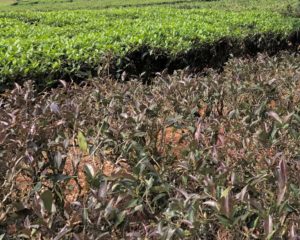
The specific purple tea plant used to make Zijuan Gongting is the original forest variety named Zijuan. One of the rarest varieties of tea plant, Zijuan is well known for its intense reddish-purple color that saturates the first several young leaves of new growth and even the stem they grow on. While there are many varieties of purple tea plant, Zijuan is one of the darkest. Some of our other teas like Hei Tiao Zi (Black Stripe) are made from a lighter variety which has purple leaves yet green stems. Since the 1980s, tea scientists from the Tea Research Institute at the Yunnan Academy of Agricultural Sciences have developed a super-dark purple tea cultivar from the original Zijuan trees. The leaves of this second-generation Zijuan cultivar are noticeably darker in color even when fully mature. Second-generation Zijuan plants are typically reserved for making green tea.
No chemical fertilizer, pesticide, or herbicide was used in the production of this tea. Click here to read more about our promise to fair trade and the environment.


